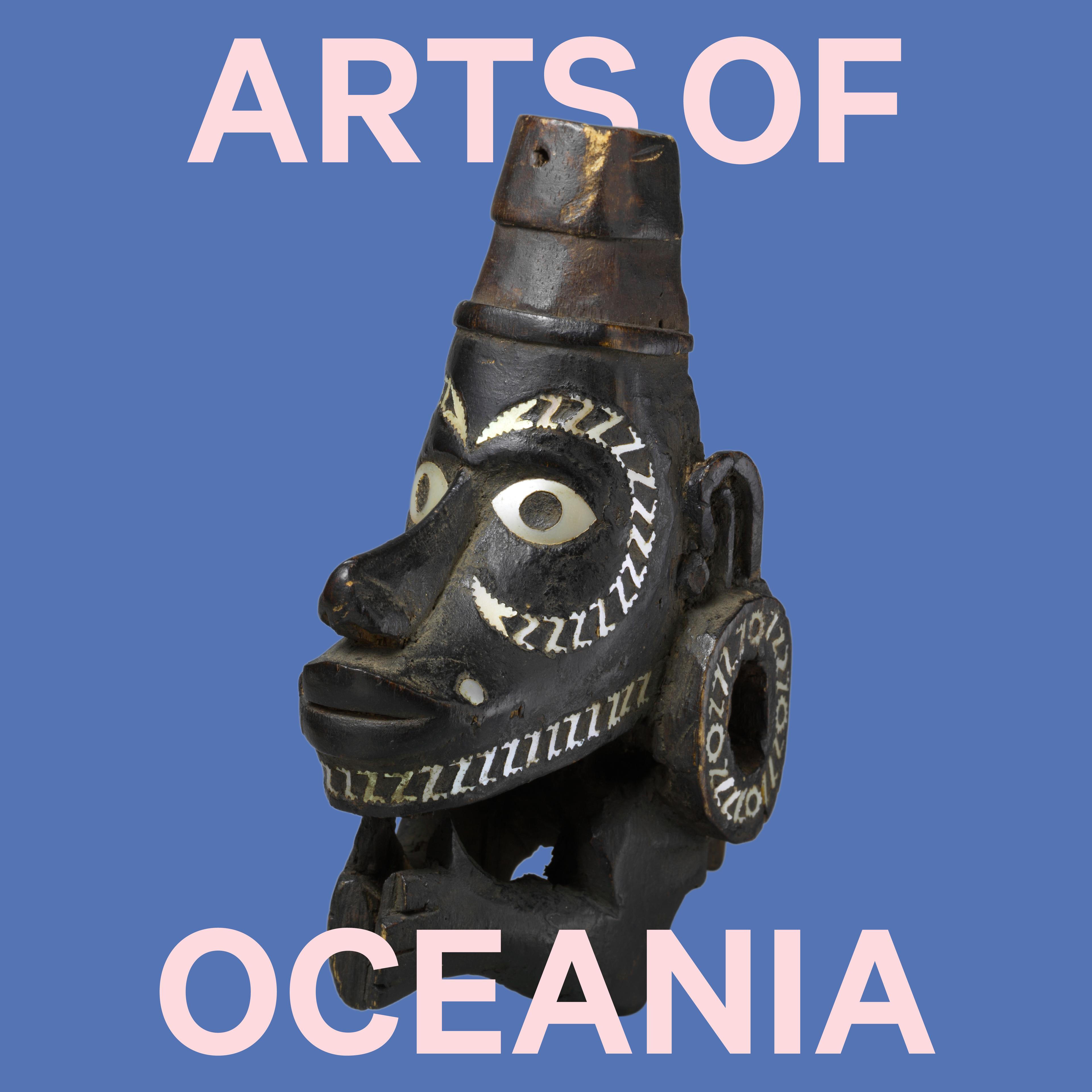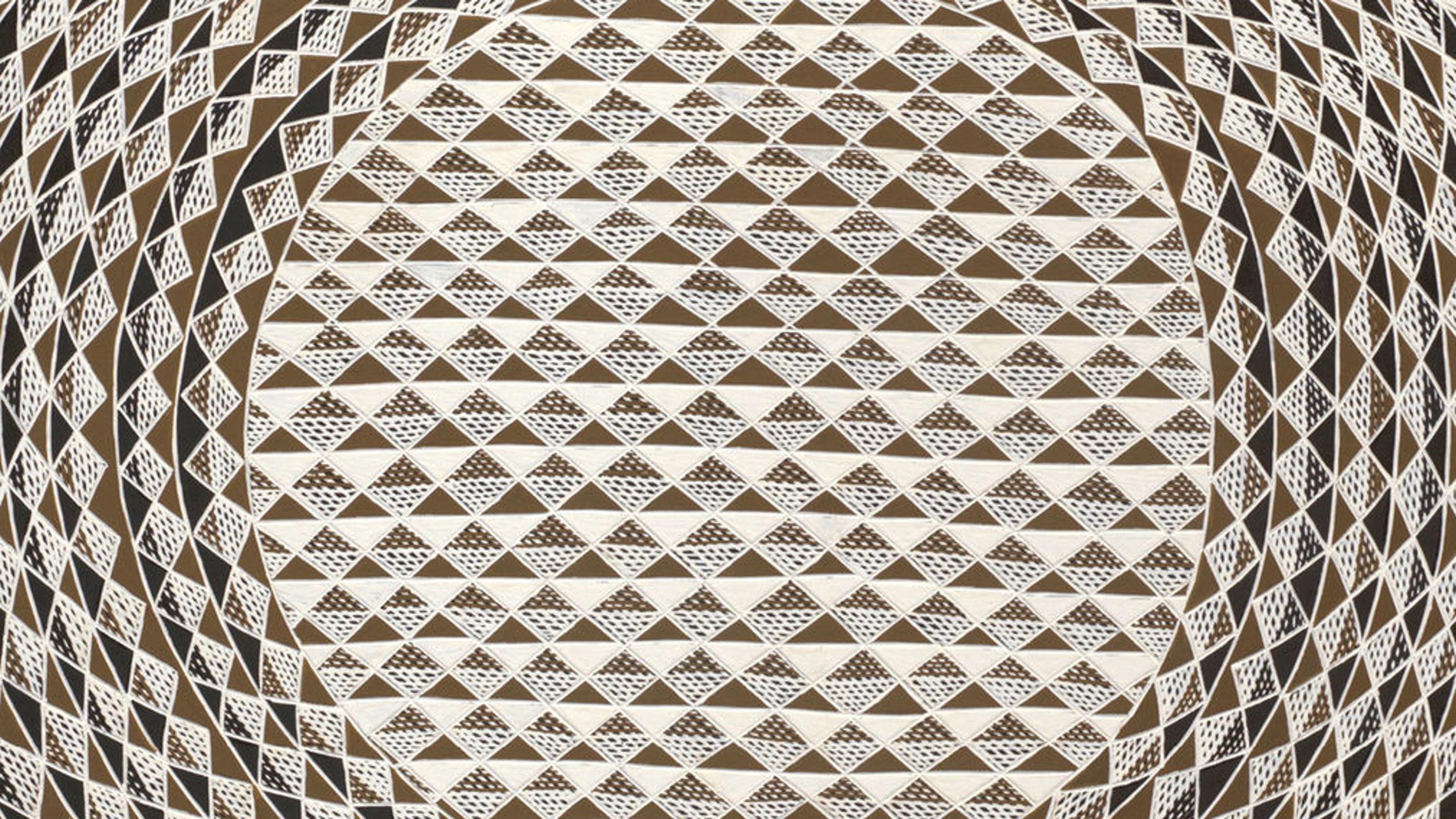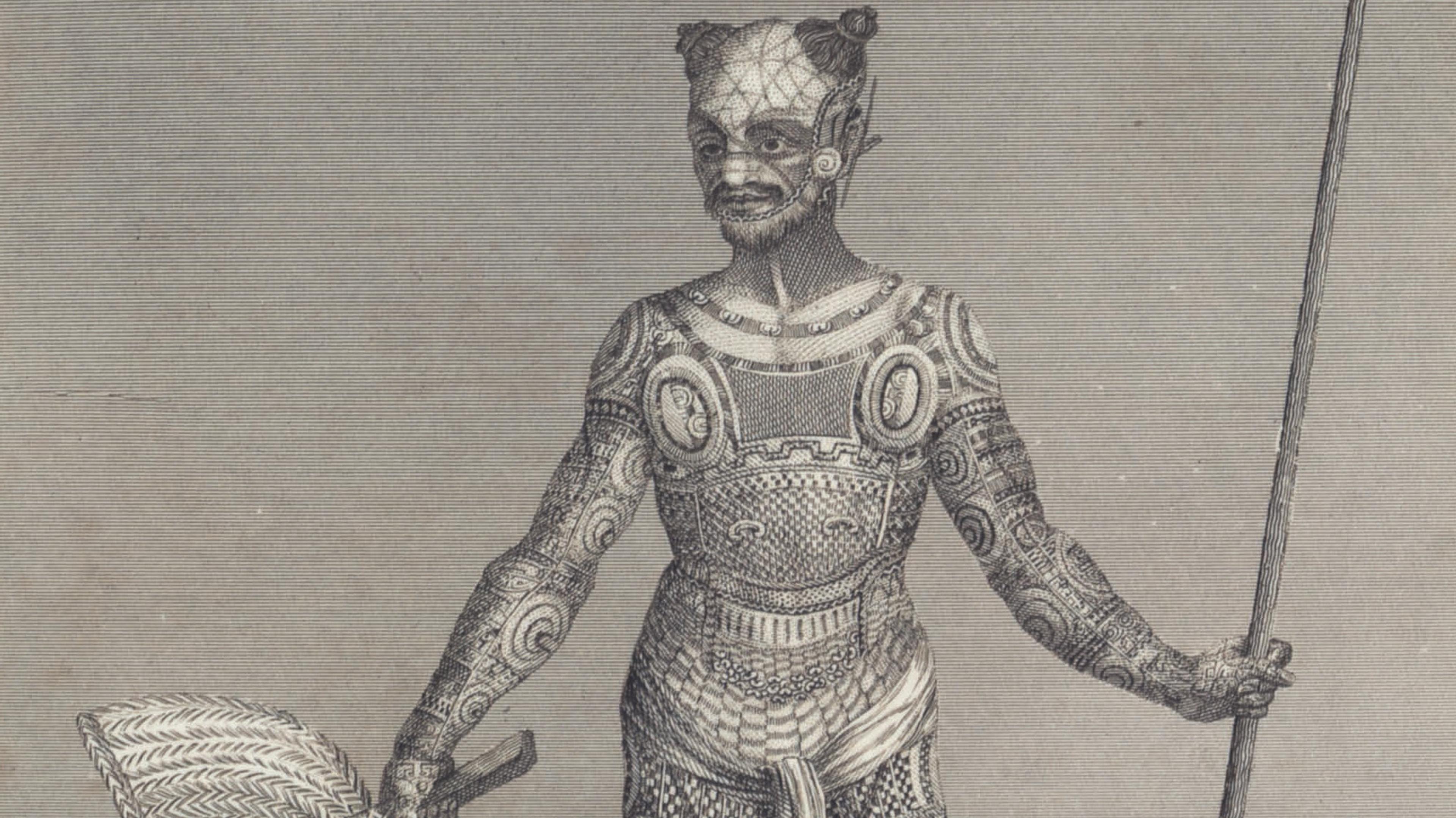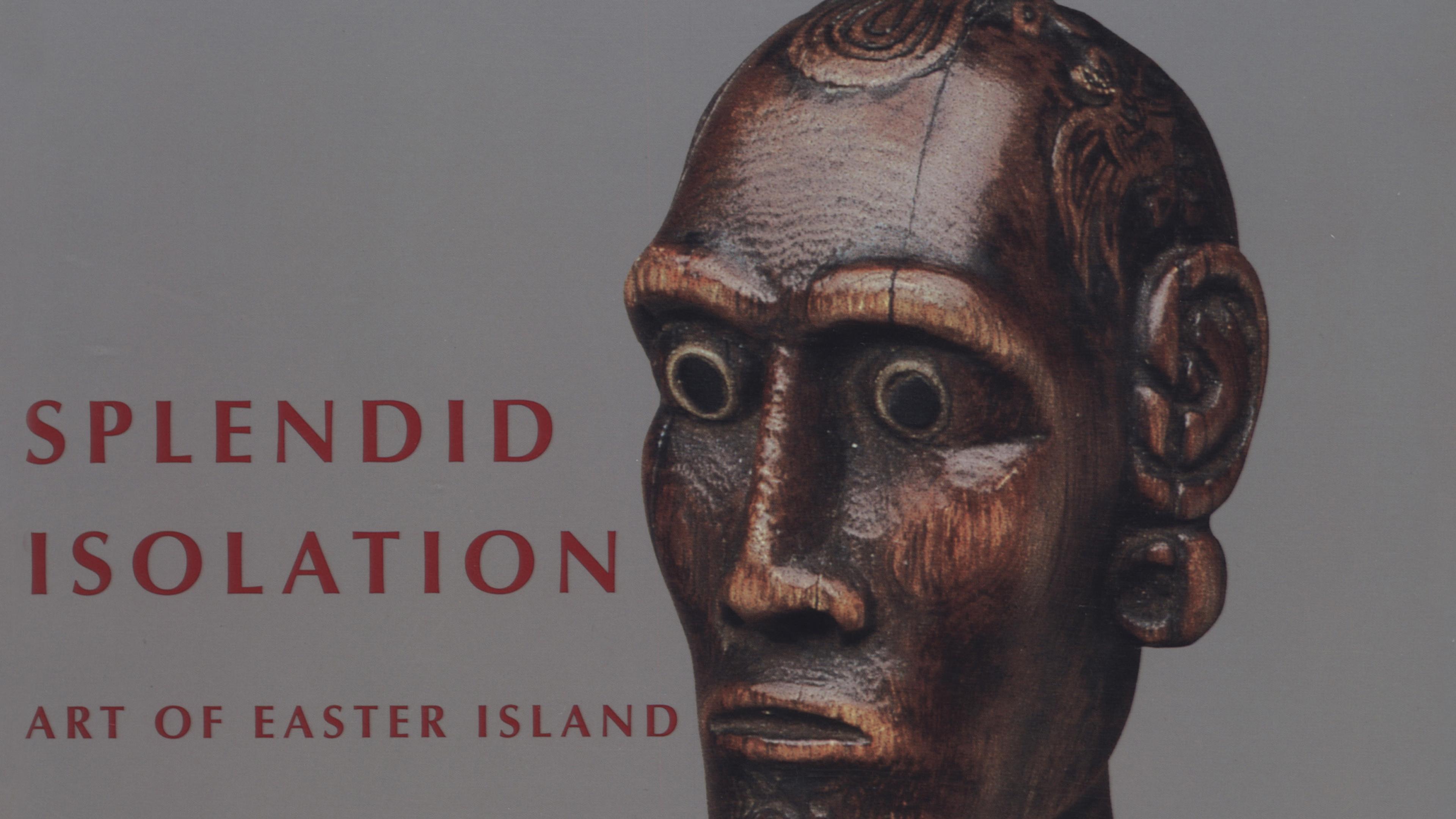
Oceanic Art in The Michael C. Rockefeller Wing
About Us
Encompassing the arts and cultures of the Pacific Islands and two neighboring regions of Australia and Island Southeast Asia, The Met's collection of Oceanic art comprises over 2,800 works that reflect the rich history of creative expression and innovation that is emblematic of the region. The collection spans more than 500 years of art from this expansive region that covers almost one-third of the earth’s surface. Highlights of the Oceania collection include monumental artworks from the large island of New Guinea and the coastal archipelagoes that stretch beyond its shores, as well as the finely carved, and compelling, sculptural works from island groups in the north, central, and eastern reaches of the Pacific, whose Indigenous communities all share a common ancestry.
These exceptional artworks tell a wealth of stories relating to origins and ancestral power, performance and initiation. They include some of the greatest achievements of Pacific Islanders in the realm of the visual arts: elaborately carved ancestral figures from ceremonial houses and spectacular ritual regalia such as towering slit drums, skull reliquaries, and dazzling turtle shell masks from the coastal regions. Voyaging and the arts of navigation are another important feature with decorated paddles, exquisitely carved canoe prows from the Solomon Islands, and a navigational chart from the coral atolls of the northern Pacific, evoking the extraordinary story of voyaging—both literal and metaphorical—across the vast landscape of Oceania.
Oceania is vast,
Oceania is expanding… rising from the depths of brine and regions of fire deeper still.
Oceania is us,
We are the sea. We are the ocean.
—Epeli Hau'ofa (1939–2009)
Tongan scholar, poet, activist
Oceanic art entered The Met with the establishment of the Department of the Arts of Africa, Oceania, and the Americas in 1969 following the promised gift of Nelson A. Rockefeller. The Rockefeller bequest included more than two thousand works of Oceanic art as well as the specialized Robert Goldwater Library and the Visual Resource Archive. In 1982, The Michael C. Rockefeller Wing, newly built to display the collections, opened to the public. The wing is named for Nelson Rockefeller's son, Michael, who made a major collection of Asmat art during two field expeditions to New Guinea in 1961. Acquired directly from the artists who made them, this area of the collection contains rich contextual information including the names of artists and their personal commentary, affording us rare insights from the unique perspective of the artists themselves. One decade later, visionary curator and first head of the department, Douglas Newton, commissioned 245 paintings from contemporary Kwoma artists in New Guinea during a series of visits he made to the Sepik River region between 1970 and 1973. These painted panels were shipped to New York where they were installed in a dramatic display that evokes the dynamic visual interior of a men's ceremonial house. This now iconic installation is a principal feature of our Oceania galleries.
The online collection features high-resolution, open-access images of works in the collection, along with cultural and chronological information. These object records—an ongoing research project—also provide data on the history of works from the time of their creation to their acquisition by the Museum.
For further reading on the history of the department, see Making The Met: 1870-2020 and The Nelson A. Rockefeller Vision: Arts of Africa, Oceania, and the Americas.
Gallery Closures
The Met’s galleries devoted to Oceanic Art are temporarily closed for renovation and will reopen in late May 2025.
Art
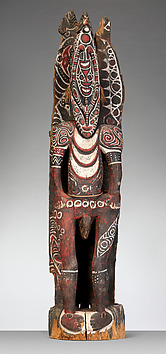
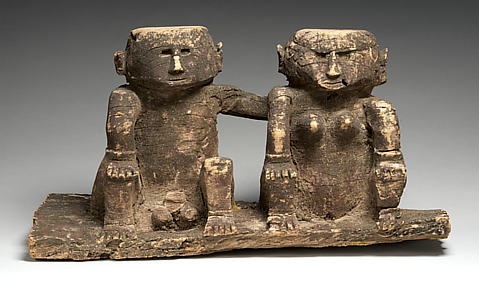
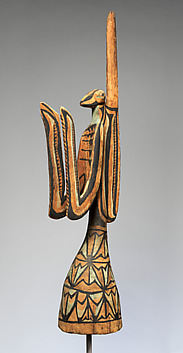


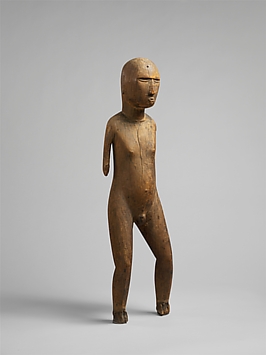
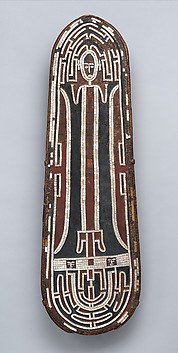

Articles, Audio, and Video
Featured
The Met’s galleries for African Art, Ancient American Art, and Oceanic Art are undergoing an exciting new renovation project which will reenvision these collections for a new generation of visitors.
The Latest
Research
The Robert Goldwater Library is a noncirculating research library dedicated to the documentation of the visual arts of sub-Saharan Africa, the Pacific Islands, and Native and Precolumbian America.
Join leading experts for presentations and discussion exploring Indigenous cultural heritage sites in Oceania, with project case studies on Samoa and Buka Island that highlight the unique ways mobility, ocean navigation, and cosmology influence the region's expansive sense of spatial and built environments.
Exhibitions
Press the down key to skip to the last item.
